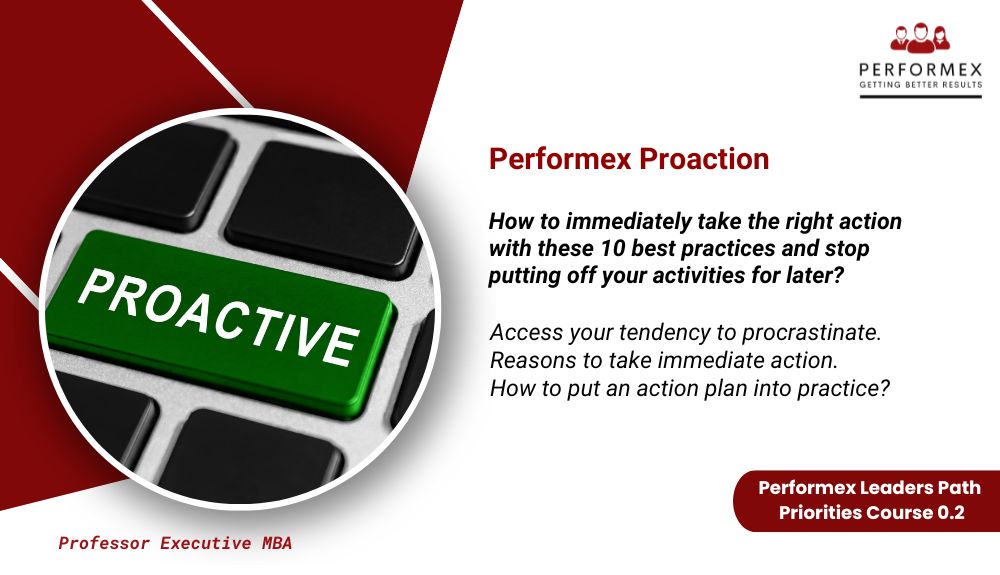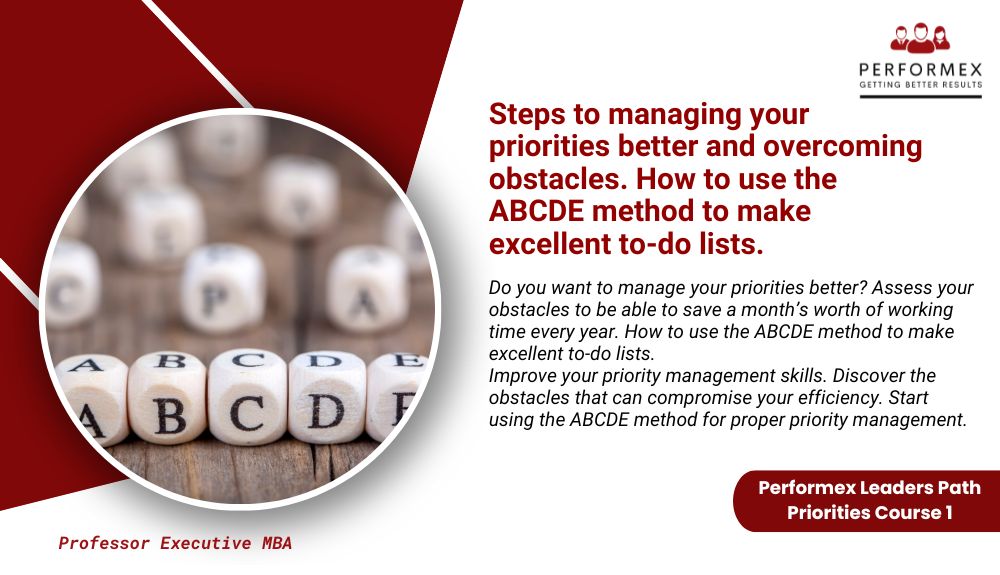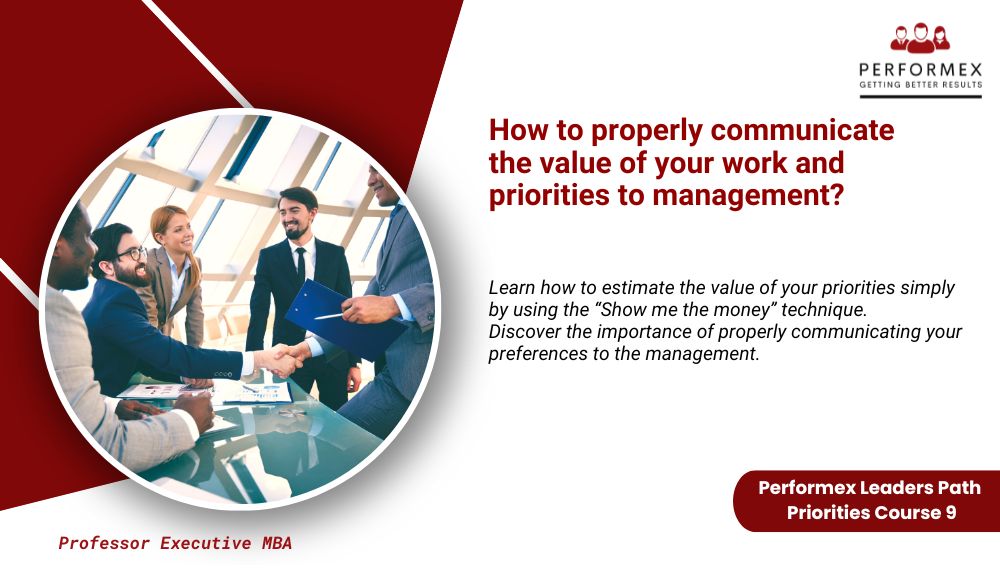About the course
Discover the ten essential skills for strategic management of your priorities through practical advice from seasoned leaders. This course consists of ten e-learning sessions, each lasting from 30 to 90 minutes.
Overview of the pack
- 10 Total Courses
- 203 Video Content
- 15:00:00 Duration
- 148 Quiz Papers










